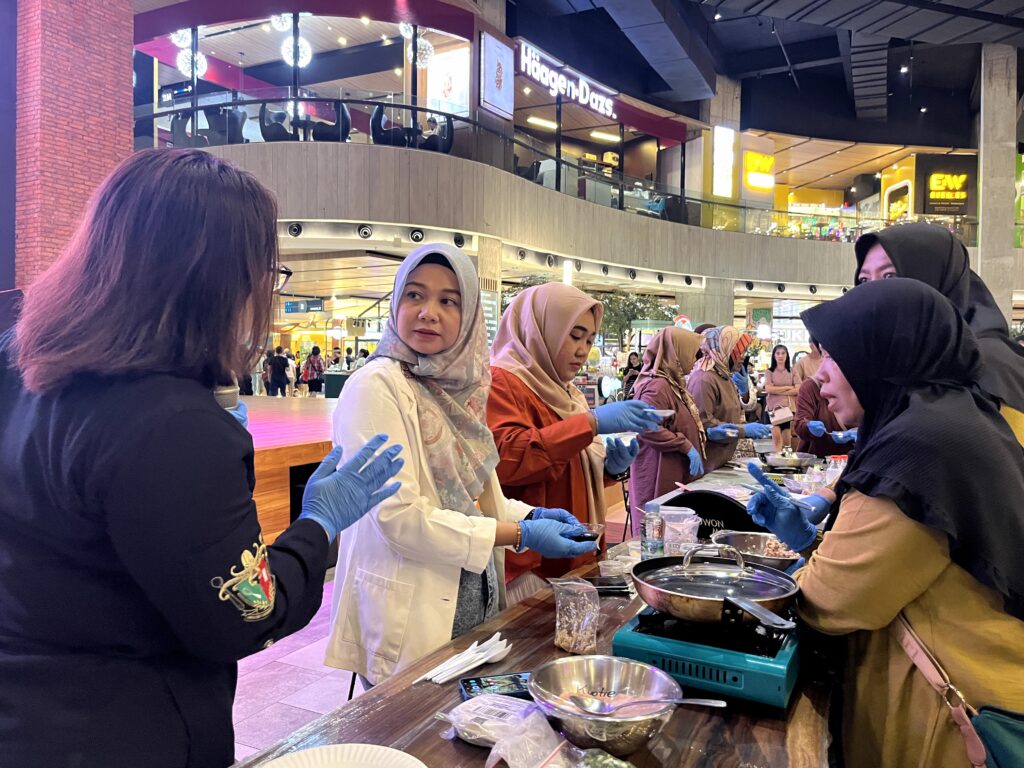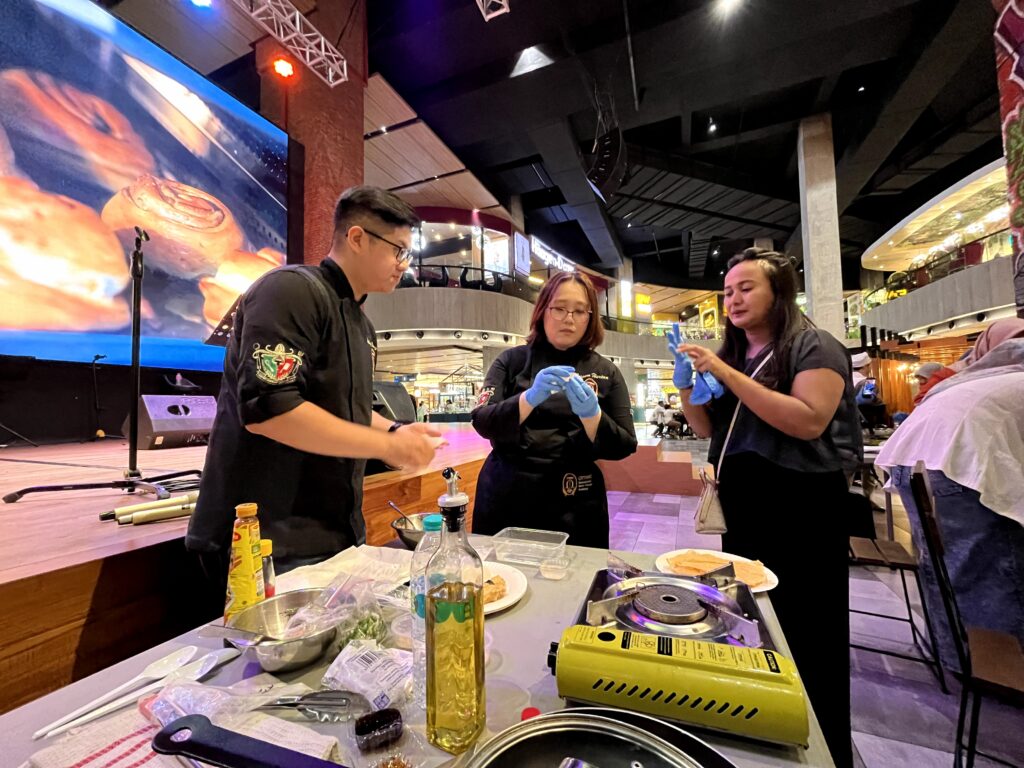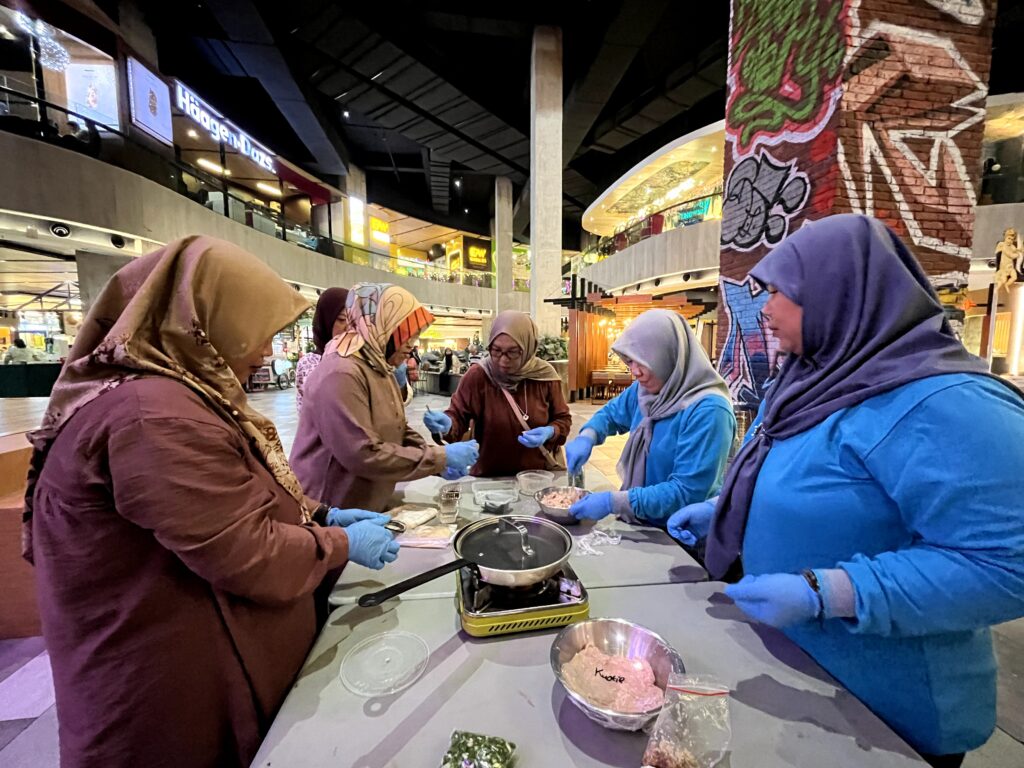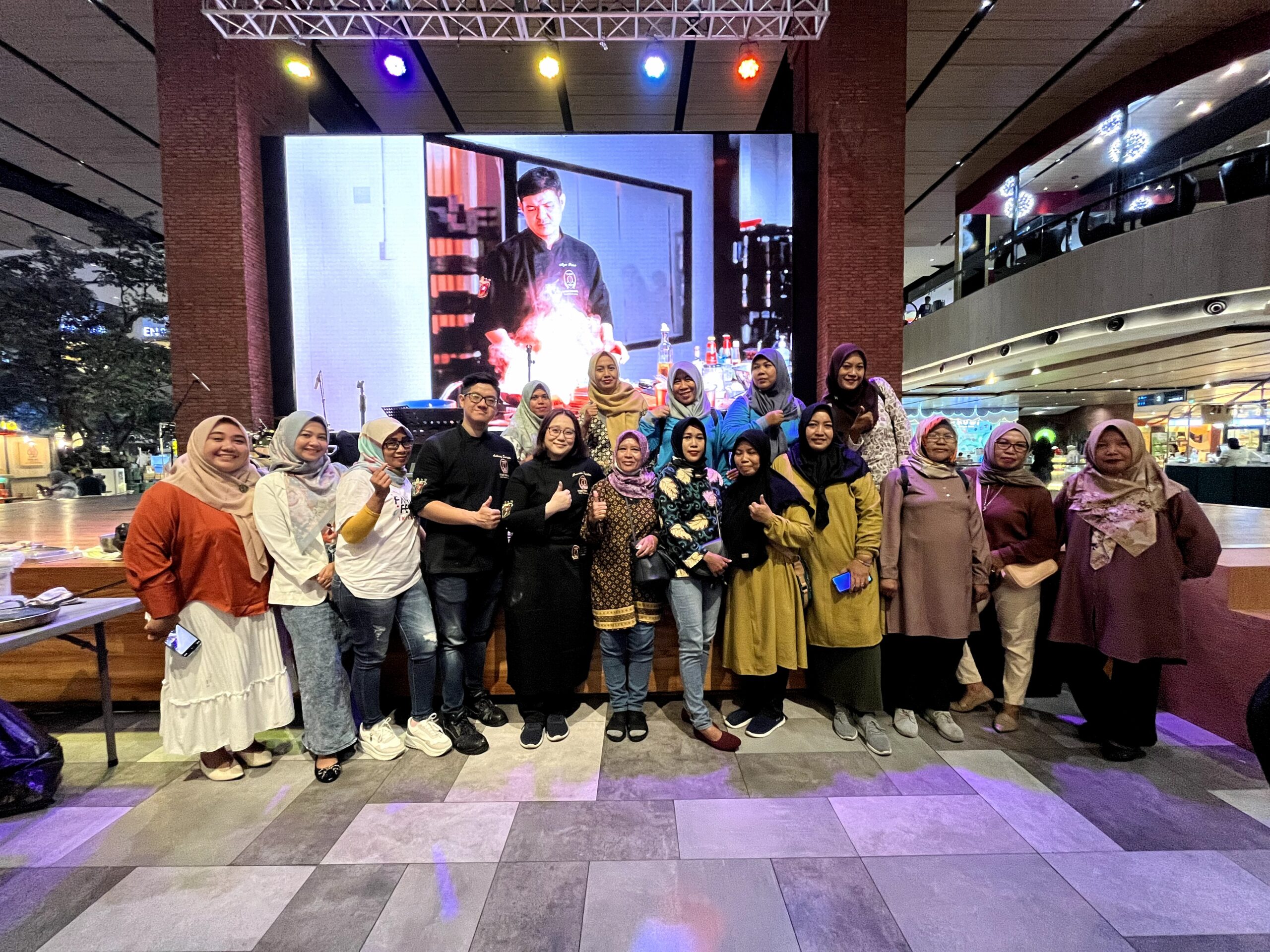Chinese New Year, also known as Imlek or Spring Festival, is the most important festival in China. It is also the most important celebration for the family and includes one week of official holidays. The history of the Chinese New Year festival can be traced back to around 3,500 years ago. Chinese New Year has developed over a long period of time and its customs have undergone a long process of development. The date of Chinese New Year is determined by the lunar calendar. The holiday falls on the second new moon after the winter solstice on December 21. Every year New Year in China falls on a different date of the Gregorian calendar. The dates usually range between January 21 and February 20.
Chinese New Year is full of stories and myths. One of the most popular legends is about the mythical beast Nian (Year). He eats livestock, crops, and even humans on New Year’s Eve. To prevent Nian from attacking people and causing destruction, people put food on their doorsteps for Nian. It is said that wise parents knew that Nian was afraid of loud noises (firecrackers) and the color red. So, people put up red lanterns and red scrolls on their windows and doors to prevent Nian from coming inside. Cracking bamboo (later replaced by firecrackers) was lit to scare Nian. The economic and cultural prosperity of the Tang, Song, and Qing Dynasties accelerated the development of the Spring Festival. The customs during the festival became similar to modern times. Setting off firecrackers, visiting relatives and friends, and eating dumplings are important parts of the celebration. More entertaining activities emerge, such as watching dragon and lion dances during the Temple Fair and enjoying lantern shows. The function of the Spring Festival changed from a religious function to an entertainment and social function, as it is today.
In this modern era, the ancient culture of Chinese New Year celebrations is still often used, such as lion dances, visiting relatives, eating together, and festivals that involve Chinese arts. In order to celebrate the Chinese New Year 2575 Kongzili, the OTTIMMO International Culinary and Patisseries Academy together with the Pakuwon Mall Food Society held a joint activity, namely a Chinese cooking festival. By inviting 20 participants from Lakarsantri District, OTTIMMO International provided training in making Lumpia and Kuotie. Both are Chinese foods made with ground chicken, vegetables and shrimp. The event was held on Sunday, February 4 2024 at 15.00 WIB in the Food Society area, hosted by Chef Jessica and Chef Anthony. Participants seemed quite enthusiastic about taking part in the cooking class, because apart from being able to take home the results of their cooking, they also gained knowledge about cooking spring rolls and kuotie. The event, which lasted for one hour, ended with a photo for all participants. (Baresa/Marketing)



